THEORIES AND TECHNIQUES OF GROUP DYNAMICS
TEORIE E TECNICHE DELLE DINAMICHE DI GRUPPO
| A.Y. | Credits |
|---|---|
| 2024/2025 | 6 |
| Lecturer | Office hours for students | |
|---|---|---|
| Tiziana Schirone | Wednesday at 10 a.m. by appointment via e-mail (to avoid crowding) |
Assigned to the Degree Course
| Date | Time | Classroom / Location |
|---|
| Date | Time | Classroom / Location |
|---|
Learning Objectives
The course aims to highlight the characteristics of the group as a tool for intervention in clinical-dynamic and psychosocial environments. Epistemic aspects relevant to a theoretical framework of the group will be conceptualized and theoretical-practical concepts useful for understanding group dynamics will be provided.
Program
PART I (20 h) : Lessons 1-10; N.B. (The exposure times of the topics are indicative and may be subject to change)
- Introduction
- From the dyad to the group, the importance of the relationship with the other, identity, and self-image
-The importance of the group to the individual
- The fundamental themes of group psychology in a historical-critical perspective. -
- The evolution of group models and techniques.
- The importance attributed to Group Dynamics Group set(ting) Different types of groups Training groups
- Therapeutic factors
II PART (16h: Lessons 11-18; N.B. The exposure times of the topics are indicative and may be subject to change)
- The psychodrama
- Role playing
Bridging Courses
No propaedeuticity.
Learning Achievements (Dublin Descriptors)
Learning outcomes:
a) Knowledge and understanding: Demonstrate understanding of the basic concepts of the research methodology.
b) Applying knowledge and understanding: Demonstrate having learned the ability to use knowledge and concepts to reason according to the logic of the psychological discipline.
c) Making judgements: Demonstrate the ability to autonomously integrate one’s knowledge and develop a critical spirit.
d) Communication skills: Know how to expose theoretical concepts. Acquire the technical language of the discipline.
e) Learning skills: Know how to analyze data through descriptive statistics and interpret tables and graphs.
Teaching Material
The teaching material prepared by the lecturer in addition to recommended textbooks (such as for instance slides, lecture notes, exercises, bibliography) and communications from the lecturer specific to the course can be found inside the Moodle platform › blended.uniurb.it
Supporting Activities
NO
Teaching, Attendance, Course Books and Assessment
- Teaching
The lessons, depending on the topics covered, may be frontal, dialogued, in order to encourage reflection with the teacher by the students, group work, individual and non-individual exercises, lessons also with the use of video supports. Face-to-face exercises
- Innovative teaching methods
Teaching methods: Lectures, interactive lessons Some topics of the course will be covered following the practice of "debate", Problem-based learning and Learning by doing.
Working groups, optional in-depth papers with videos of the exhibition;
Theoretical-practical work in the classroom Group practice
- Attendance
Attendance is not mandatory, but strongly recommended.
- Course books
Testi di studio
- Di Maria F., Lo Verso G. (a cura di) Gruppi. Metodi e strumenti, Raffaello Cortina Milano (pagine escluse: pp.204-251; pp.1-34 solo da leggere).
- De Leonardis, P. Lo psicodramma: l'arte e la scienza. Teoria, metodo e tecniche, Franco Angeli, Bologna (pagine escluse: pp.350-393)
- NB. Nella piattaforma Blended verrà inserito materiale da studiare per l'esame (controllare attivamente la pagina)
Letture consigliate:
- Lo Coco G., Lo Verso G., La cura relazionale, Raffaello Cortina, Milano.
- Di Maria F., (a cura di), La polis mafiosa. Comunità e crimine organizzato, Franco Angeli, Milano
- Freud S., Totem e tabù, Boringhieri, Torino
- Rugi G., Gaburri E., Il Campo gruppale, Borla, Roma.
- Ammaniti M., Gallese V., La nascita della intersoggettività, Raffaello Cortina.
- Assessment
Assessment methods: Written test with 6 open questions. The duration of the test will be 60 minutes.
The written test is aimed at assessing the knowledge acquired, mastery of concepts also in the use of specific language and in the ability to reason and integrate.
The evaluation will focus on the knowledge, skills and abilities demonstrated by the student, taking into account in particular the following indicators:
1. relevance and effectiveness of the responses;
2. level of articulation of the answers: clarity, logic, systematicity, completeness;
3. use of the specific vocabulary of the discipline;
The final evaluation is expressed in thirtieths.
The evaluation criteria and the relative scores in thirtieths are determined according to the following scale:
Less than 18: Sufficient level of proficiency. The candidate does not achieve any of the learning outcomes foreseen under the heading "knowledge and understanding"
18-20: Sufficient level of competence. The candidate achieves the learning outcomes foreseen in the point "knowledge and understanding".
21-23: fully sufficient level of competence. The candidate achieves the expected learning outcomes in the points "knowledge and understanding" and "applied knowledge and understanding".
24-26: Good proficiency level. The candidate achieves the learning outcomes foreseen in the points "knowledge and understanding"; "Applied knowledge and understanding" and "Making judgements".
27-29: Very good level of proficiency. The candidate achieves the expected learning outcomes in the points "knowledge and understanding", "applied knowledge and understanding", "making judgements" and "communication skills".
30 and 30 laude: excellent level of competence. The candidate fully achieves the learning outcomes foreseen in the points "knowledge and understanding"; "applied knowledge and understanding"; "making judgements"; "communication skills" and "learning skills".
- Disability and Specific Learning Disorders (SLD)
Students who have registered their disability certification or SLD certification with the Inclusion and Right to Study Office can request to use conceptual maps (for keywords) during exams.
To this end, it is necessary to send the maps, two weeks before the exam date, to the course instructor, who will verify their compliance with the university guidelines and may request modifications.
Additional Information for Non-Attending Students
- Teaching
To allow non-attending students to compensate by self-studying what is done during the lectures, we recommend using all materials included in the blended platform (slides, tutorials, supplementary materials) that are particularly useful for fully understanding the program content.
- Attendance
Attendance is not mandatory but is strongly recommended
- Course books
Testi di studio
- Di Maria F., Lo Verso G. (a cura di) Gruppi. Metodi e strumenti, Raffaello Cortina Milano (pagine escluse: pp.204-251; pp.1-34 solo da leggere).
- De Leonardis, P. Lo psicodramma: l'arte e la scienza. Teoria, metodo e tecniche, Franco Angeli, Bologna (pagine escluse: pp.350-393)
- NB. Nella piattaforma Blended verrà inserito materiale da studiare per l'esame (controllare attivamente la pagina)
Letture consigliate:
- Lo Coco G., Lo Verso G., La cura relazionale, Raffaello Cortina, Milano.
- Di Maria F., (a cura di), La polis mafiosa. Comunità e crimine organizzato, Franco Angeli, Milano
- Freud S., Totem e tabù, Boringhieri, Torino
- Rugi G., Gaburri E., Il Campo gruppale, Borla, Roma.
- Ammaniti M., Gallese V., La nascita della intersoggettività, Raffaello Cortina.
- Assessment
Assessment methods: Written test with 6 open questions. The duration of the test will be 60 minutes.
The written test is aimed at assessing the knowledge acquired, mastery of concepts also in the use of specific language and in the ability to reason and integrate.
The evaluation will focus on the knowledge, skills and abilities demonstrated by the student, taking into account in particular the following indicators:
1. relevance and effectiveness of the responses;
2. level of articulation of the answers: clarity, logic, systematicity, completeness;
3. use of the specific vocabulary of the discipline;
The final evaluation is expressed in thirtieths.
The evaluation criteria and the relative scores in thirtieths are determined according to the following scale:
Less than 18: Sufficient level of proficiency. The candidate does not achieve any of the learning outcomes foreseen under the heading "knowledge and understanding"
18-20: Sufficient level of competence. The candidate achieves the learning outcomes foreseen in the point "knowledge and understanding".
21-23: fully sufficient level of competence. The candidate achieves the expected learning outcomes in the points "knowledge and understanding" and "applied knowledge and understanding".
24-26: Good proficiency level. The candidate achieves the learning outcomes foreseen in the points "knowledge and understanding"; "Applied knowledge and understanding" and "Making judgements".
27-29: Very good level of proficiency. The candidate achieves the expected learning outcomes in the points "knowledge and understanding", "applied knowledge and understanding", "making judgements" and "communication skills".
30 and 30 laude: excellent level of competence. The candidate fully achieves the learning outcomes foreseen in the points "knowledge and understanding"; "applied knowledge and understanding"; "making judgements"; "communication skills" and "learning skills".
- Disability and Specific Learning Disorders (SLD)
Students who have registered their disability certification or SLD certification with the Inclusion and Right to Study Office can request to use conceptual maps (for keywords) during exams.
To this end, it is necessary to send the maps, two weeks before the exam date, to the course instructor, who will verify their compliance with the university guidelines and may request modifications.
| « back | Last update: 17/06/2025 |



